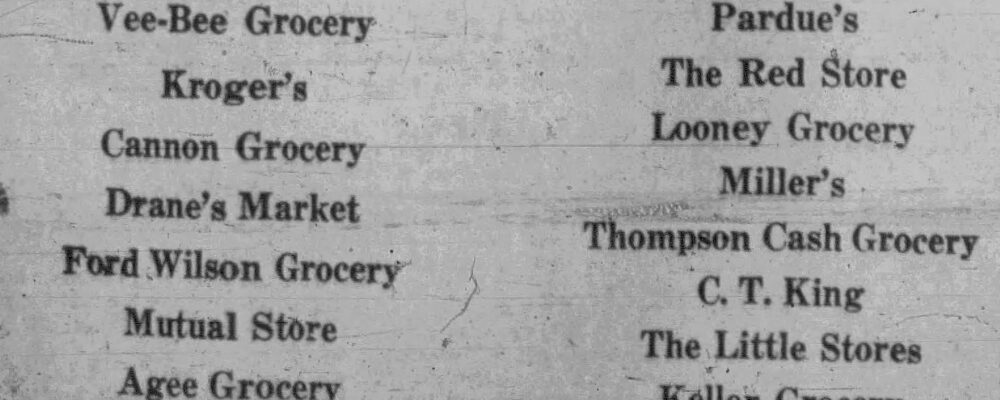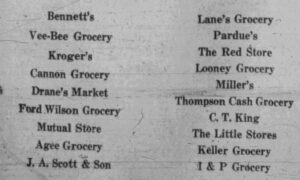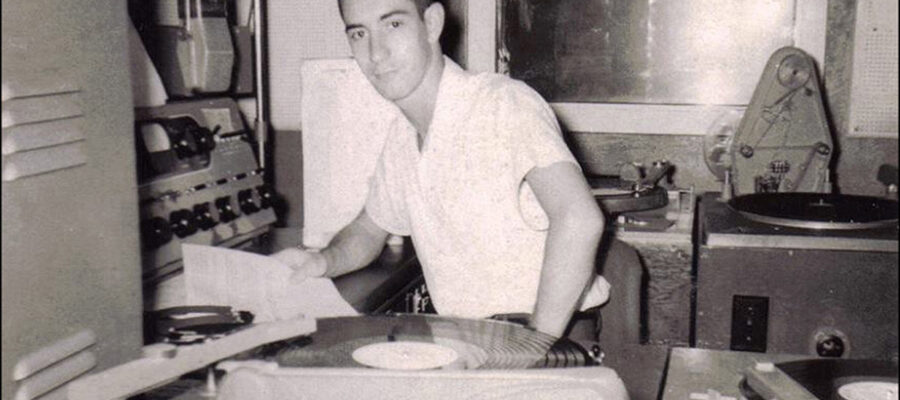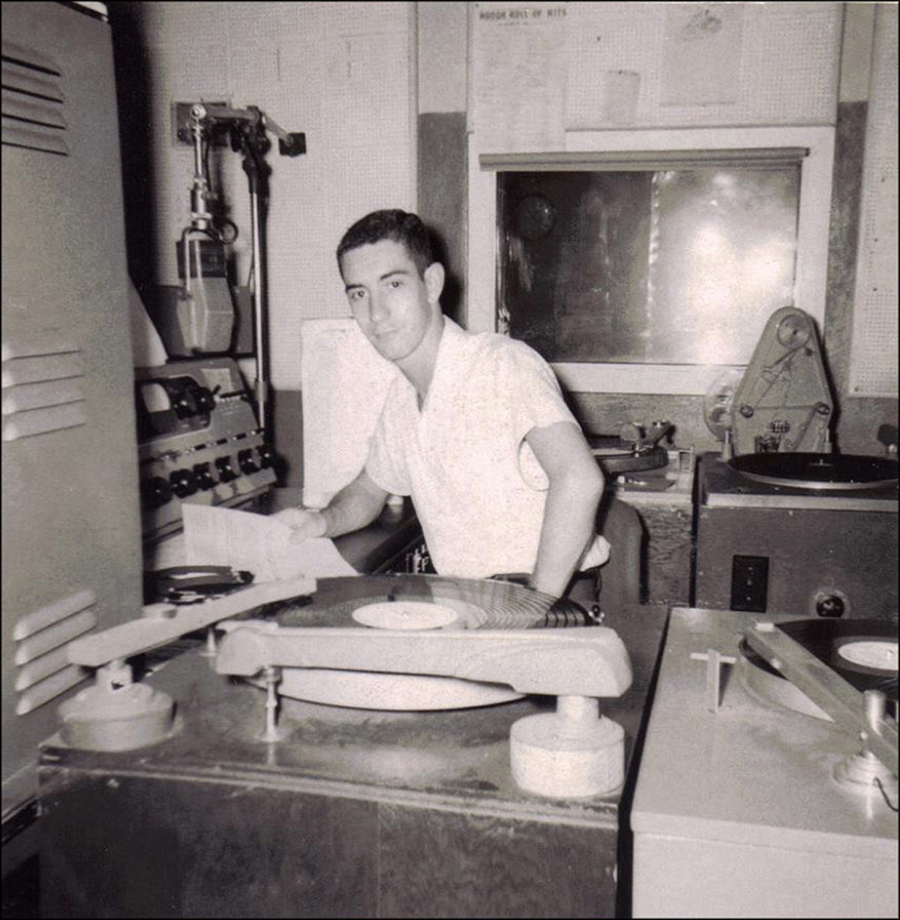“Last Friday night, the pupils of Martha Wilder School, under the supervision of of the teachers, gave one of the most delightful and successful entertainments of all the spring festivals.
“The program opened with a glad welcome song by the children of all the rooms and was followed by a cunning folk dance by eight little girls dressed in snow white of Miss Williams’ room.
“The Train To Mauroö was the dramatic feature of the evening in which little Miss Dorothy Remine played the role of Mrs. Buttermilk, a country woman who believed “charity to all with her herbs and rootsö and and who had advice to spare to everyday.
“Little Buster Barlow as Johnny Buttermilk had come to the conclusion that nothing on earth could keep his mother from talking, especially when he was starving to death for a piece of ginger bread. The station clerk, played by Elbert Whiteside, did not appreciate Mrs. Buttermilk’s advice and was greatly irritated by her insistence on going “To Mauraö today.
“Springtime was beautifully represented by Millicent Fflollett, who was clad in a dainty white frock, wearing the fairy crown and carrying her magic wand. By the wave of her wand. By the wave of her wand, she called forth the lovely spring flowers, which were represented by little girls dressed in exquisite frocks of all colors.
“A bunch of small boys in white suits slipped in behind Springtime and played the spirits by sprinkling frost over the pretty flowers which withered and died. Seeing the death of the flowers, the Queen of Sunbeams, acted by Doris Serl, appeared with her magic wand and put to flight the little spirits and smiled so warmly upon the flowers that they again raised their graceful little heads.
“The teachers of Martha Wilder are to be commended for such a delightful program. So happy were all that they joined in and sweetly sang “Springtime.ö
“The Sick Doll,ö a clever dialogue, and the “‘Swing Songö by Ida Mae Walker were greatly enjoyed. The last number of the program was a reading my Miss Kate Remine which was a fitful climax for the whole affair, as the most delightful gave “Naughty Zell,ö impersonating a charming little naughty girl.ö
Martha Wilder Funeral Notice
On a further note, I came across a funeral notice of Martha Wilder, noting that the city founder’s daughter had passed away:
“A funeral was held yesterday at Chattanooga for Martha Wilder, 88, for whom one of Johnson’s City’s oldest schools was named. She died Sunday at her home in Media, Pennsylvania.
“Miss Wilder was a daughter of the late General John Thomas Wilder, one of the founders of Johnson City. He gave the land for the school, now used for vocational training and for other public buildings here.
“Another school, Annie Wilder Stratton, was named for a sister who married Frank Stratton.
“General Wilder, a Union Army officer, came here from New York shortly after the close of the Civil War. He moved from here to the Chestoa section of what is now Unicoi and built several hydro-electric power dams.
“He also operated two blast furnaces at Rockwood, Tennessee and had extensive business interests in East Tennessee. He was a former mayor of Chattanooga and was the officer who led the Union forces against Chattanooga in August, 1863.ö
“Old-timers will recall it was General Wilder who built two hotels on Roan Mountain, the first being a log building. The large frame hotel built in 1885, was destroyed by fire.ö




 Former radio personality, Joe Goodpasture, provided me with his thoughts about radio, wishing he could go back and do it again. According to Joe:
Former radio personality, Joe Goodpasture, provided me with his thoughts about radio, wishing he could go back and do it again. According to Joe: